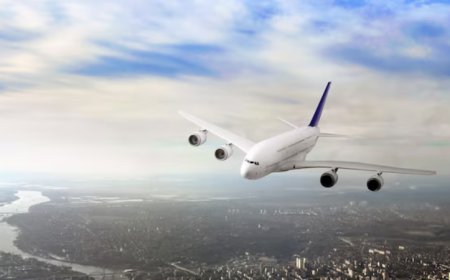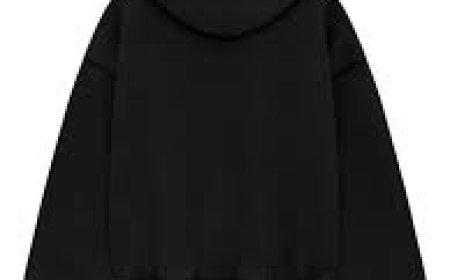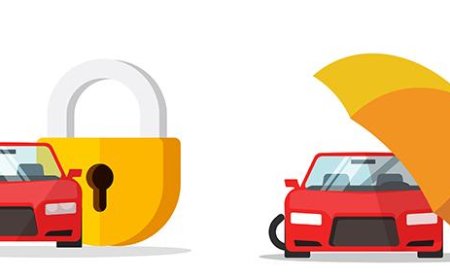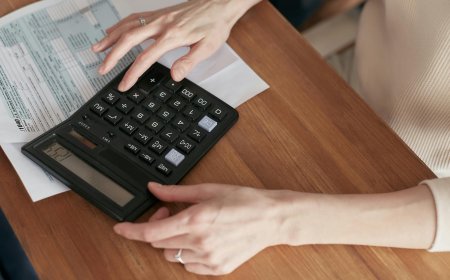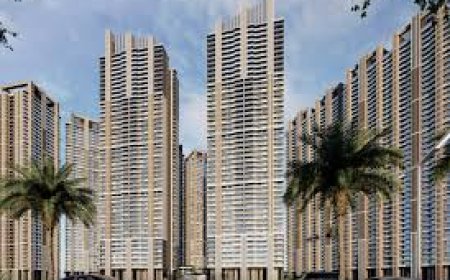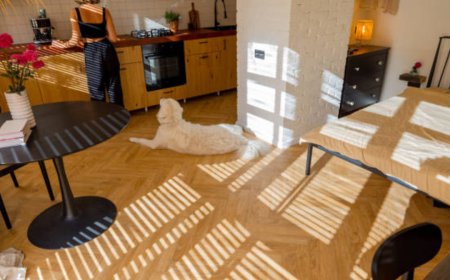Tree Pruning: The Ultimate Guide to Healthier, Happier Trees
Tree pruning isn’t just a chore—it’s an investment in your home, your safety, and your environment. Done right, it promotes healthier growth, better structure, and an overall more beautiful yard. So grab those pruners (or your phone to call a pro) and start giving your trees the care they deserve.
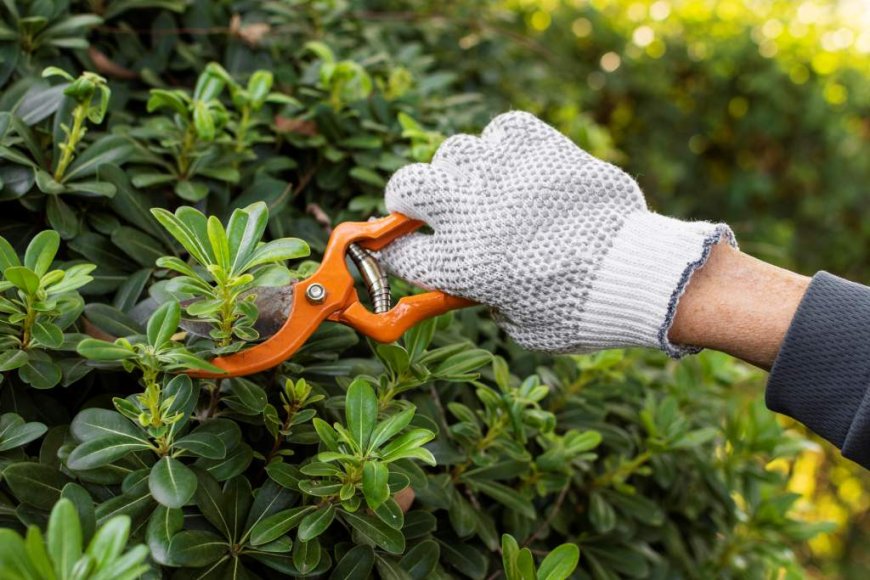
Tree pruning isnt just about making your yard look tidyits about keeping your trees healthy, safe, and strong for years to come. Whether youve got one stubborn branch blocking sunlight or an entire forest of limbs to manage, learning the ins and outs of tree pruning can completely transform your landscape.
What Is Tree Pruning?
Tree pruning is the intentional removal of specific branches or limbs to improve a trees structure, health, or appearance. Its kind of like giving your tree a haircutbut one that impacts its future growth, strength, and shape.
Why Is It Important?
Unpruned trees can grow out of balance, become vulnerable to disease, or even pose dangers during storms. Regular pruning helps prevent issues before they start and encourages healthier, safer growth.
Benefits of Tree Pruning
Healthier Growth
By removing dead, diseased, or crowded branches, your tree can redirect energy toward stronger, healthier limbs.
Improved Safety
Loose or overgrown branches are hazards waiting to happenespecially near your home, car, or power lines.
Better Tree Shape and Aesthetics
A well-pruned tree looks more balanced and intentional. It's like landscaping magic.
Enhanced Fruit and Flower Production
For fruit trees and flowering species, strategic pruning can boost blooms and harvests.
When to Prune Trees
Best Time of Year by Tree Type
-
Deciduous Trees: Late winter or early spring
-
Evergreens: Early spring or mid-summer
-
Flowering Trees: After they bloom
Signs a Tree Needs Pruning
-
Dead or hanging branches
-
Branches crossing or rubbing
-
Sparse or uneven canopy
-
Poor air or light flow through the tree
Types of Tree Pruning
Deadwooding
Removing dead or dying branchesessential for safety and health.
Crown Thinning
Selective removal of branches to increase light and air penetration.
Crown Raising
Cuts back lower limbs to clear space below, great for sidewalks or driveways.
Crown Reduction
Shortens the height or spread of a tree, often used when a tree gets too big for its location.
Pollarding
A drastic pruning method that keeps a tree at a controlled size with regular maintenance.
Tools Used for Pruning
Hand Pruners
Best for small branches and precision cuts.
Loppers
More power, better reachgreat for medium-sized limbs.
Pruning Saws
Used when branches are too thick for loppers.
Pole Pruners
Perfect for high branches without needing a ladder.
Chainsaws
For larger or tougher jobsdefinitely for experienced hands.
How to Prune a Tree Properly
Step-by-Step Instructions
-
Identify the branch collar (the swollen base of the limb)
-
Make a notch cut on the underside of the branch
-
Follow with a top cut further out to remove the branch
-
Finish with a clean cut just outside the collar
Where to Make the Cut
Always cut just outside the branch collar. Cutting too close or too far can cause decay or improper healing.
Avoiding Common Mistakes
-
Dont leave stubs
-
Dont top your tree (it weakens the structure)
-
Dont prune more than 25% of the canopy in one go
DIY Pruning vs. Hiring a Professional
Pros and Cons of DIY
? Cost-effective
? Great for small trees
? Risky if inexperienced
? Might damage tree without proper knowledge
When to Call the Pros
-
Large trees or limbs
-
Near power lines
-
Signs of disease or rot
Cost of Professional Tree Pruning
Prices vary but expect to pay $100$500+ depending on tree size and complexity.
Special Pruning Considerations
Pruning Young Trees
Helps develop a strong, central leader and balanced shape early on.
Mature Trees
Be conservativeexcessive pruning can stress older trees.
Fruit Trees
Timing and technique affect the quality and quantity of your harvest.
Flowering Trees
Prune after blooming to preserve next seasons buds.
Pruning Safety Tips
Personal Protective Equipment
-
Gloves
-
Safety glasses
-
Helmet for larger jobs
Ladder and Tool Safety
Use sturdy ladders and sharpened tools. Never work alone on high branches.
Environmental Impact of Pruning
Promoting Tree Longevity
Proper pruning extends a trees life by reducing disease and structural issues.
Helping Local Ecosystems
Well-maintained trees support better airflow, biodiversity, and habitat for birds and insects.
Myths About Tree Pruning
"More Is Better"
Nope! Over-pruning can stress and weaken your tree.
"Prune Anytime"
Timing matterspruning at the wrong time can hurt growth and flowering.
"Sealing Wounds Is Necessary"
Tree sap seals naturally. Wound sealers can trap moisture and do more harm than good.
Tree Pruning for Curb Appeal
How Pruning Can Increase Property Value
Well-maintained trees make your home look polished, cared-for, and valuable.
Aesthetic Benefits
Clean lines, defined shapes, and thriving foliage all come from regular pruning.
Conclusion
Tree pruning isnt just a choreits an investment in your home, your safety, and your environment. Done right, it promotes healthier growth, better structure, and an overall more beautiful yard. So grab those pruners (or your phone to call a pro) and start giving your trees the care they deserve.
FAQs
1. How often should I prune my trees?
Most trees benefit from pruning every 13 years, depending on the species and health.
2. Whats the difference between pruning and trimming?
Pruning focuses on tree health and structure, while trimming is more about shape and appearance.
3. Can pruning kill a tree?
Yesif done improperly or excessively. Always follow best practices or hire a certified arborist.
4. How do I know which branches to cut?
Start with dead, diseased, or crossing branches. Then evaluate for airflow and shape.
5. Do I need a permit to prune trees?
It depends on your location and tree type. Check with local ordinances before you start.








